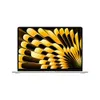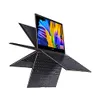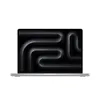Intel Lunar Lake benchmarks — here’s how it compares to Snapdragon X and Apple M3
Intel's latest laptop chips put to the test
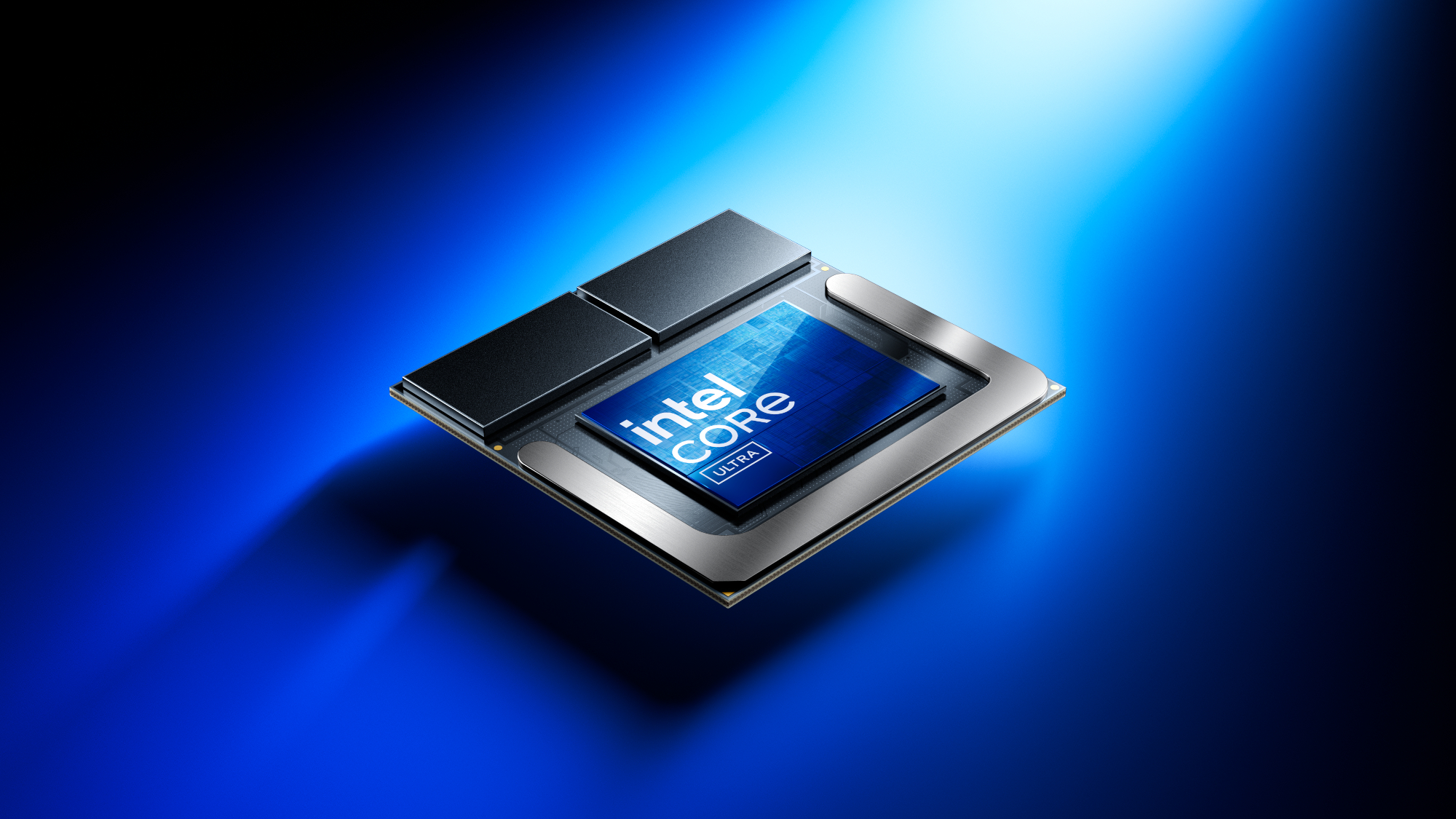
The first laptops packing the new Intel Lunar Lake CPUs have arrived, and we've put a few of them to the test in our lab.
The Lunar Lake results are a big deal because Intel's laptop chip business has been on the ropes for a few years now. While long-time rival AMD continues to offer stiff competition, Intel's laptop chips really started to lose their luster when first Apple, then Qualcomm started shipping their own laptop SoCs (system-on-chip) that took the best MacBooks and the best Windows laptops to new heights of performance and power efficiency which Intel's best silicon couldn't match.
Intel's chips were already behind the curve even before the current AI craze that's sweeping the tech industry had taken hold of laptop makers. Now that everyone from Apple to Microsoft to Samsung is pushing "AI" apps and features as the next big thing that will revolutionize the way you use technology, Intel has a lot of ground to make up.
Some good news: Intel appears to be working hard to move fast on that front. There was a big live event late last year where Intel Meteor Lake arrived to show off how the company's first laptop chips with onboard NPUs (Neural Processing Units) enabling new features such as image and text generation or improved webcam performance for the first wave of "AI laptops." .
But when we put Intel's Meteor Lake chips through our suite of performance tests, the results lagged behind the best laptop chips from Apple and Qualcomm. Now we've had a chance to test their successors in these first Lunar Lake chips, and the results are better than what we saw before.
Our initial testing suggests you should expect significantly improved performance and battery life from laptops packing Intel's Lunar Lake CPUs compared to older Meteor Lake laptops. However, the Lunar Lake chips we've tested still can't catch up to the best that Apple and Qualcomm have on the market.
These test results might be a major factor the next time you're shopping for a new laptop, because battery life is a key consideration and performance is also important for a lot of folks.
Get instant access to breaking news, the hottest reviews, great deals and helpful tips.
With that in mind, let's dig into the numbers and see how Intel's latest really stack up!
Performance tests
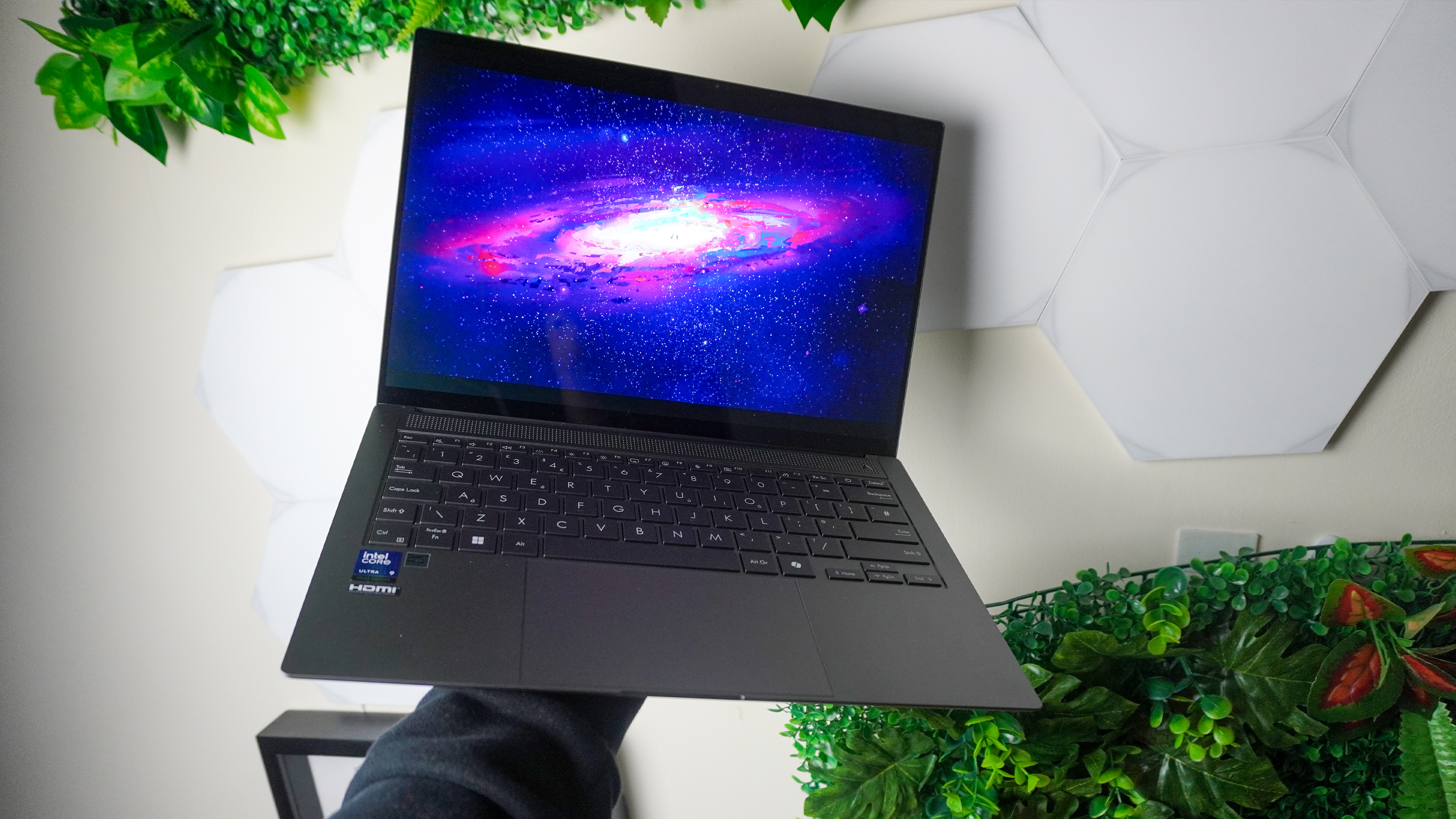
We've had a chance to test a handful of Asus and Dell laptops powered by Intel's first Lunar Lake chips, which are technically branded as Intel Core Ultra 200V. So far, every Lunar Lake laptop we've had a chance to test has an Intel Core Ultra 7 258V chip inside, so keep in mind that these test results are just from laptops using that singular slice of silicon. I'm eager to get more laptops in over the next month and change so we can get a better picture of how well the full Lunar Lake family performs.
We've also had the opportunity to test a few laptops packing the latest Ryzen 9 AI laptop CPUs from AMD. That silicon's also equipped with NPUs that meet Microsoft's requirements for Copilot+ PCs. The Asus Zenbook S 16 Asus ROG Zephyrus G16 we tested both have the AMD Ryzen AI 9 HX 370 onboard, while the HP Omnibook Ultra 14 has the slightly beefier AMD Ryzen AI 9 HX 375.
So in the charts of data below you'll find results from the work our crack lab team has done testing laptops with the latest chips from AMD, Apple and now Intel. I'll bold the results from Lunar Lake machines, but you can see what chip is inside each by looking at the prefix.
Raw CPU performance disappoints
The first big test to look at is Geekbench 6, a cross-platform benchmark which helps us gauge how capable a CPU is by running it through a single-core and multi-core test, then spitting out a score for each that we can compare against other PCs.
| Laptop | Geekbench 6 single-core | Geekbench 6 multicore |
|---|---|---|
| (Snapdragon X Plus) Dell Inspiron 14 Plus | 2436 | 13281 |
| (Intel) Dell XPS 13 | 2660 | 10846 |
| (Intel) Asus ExpertBook P5 | 2719 | 11259 |
| (Intel) Asus Zenbook S14 | 2751 | 11157 |
| (Snapdragon X Elite) Dell XPS 13 | 2797 | 14635 |
| (AMD) Asus Zenbook S16 | 2765 | 13282 |
| (AMD) HP Omnibook Ultra 14 | 2847 | 14838 |
| (AMD) Asus ROG Zephyrus G16 | 2878 | 15408 |
| (M3) MacBook Air 13-inch | 3082 | 12087 |
| (M3) MacBook Air 15-inch | 3102 | 12052 |
| (M3) MacBook Pro 14-inch | 3138 | 12018 |
| (M3 Pro) MacBook Pro 14-inch | 3154 | 14357 |
| (M3 Max) MacBook Pro 16-inch | 3200 | 21711 |
As you can see from the chart of results above, the Lunar Lake laptops we've tested so far all perform a bit worse than the latest laptops powered by AMD and Apple chips in terms of single-core and multi-core performance.
The Snapdragon laptops we've tested are more skewed, with the Lunar Lake chips beating the Snapdragon X Plus on single-core performance but not multi-core. Qualcomm's more capable Snapdragon X Elite chips perform better in both regards, revealing that while the Lunar Lake chip we've tested so far is an improvement over its Meteor Lake predecessors, it can't match the performance of the best laptop chips on the market.
But Lunar Lake smokes our AI tests
Next, let's talk AI performance. We're still updating our testing regimen to account for the new wave of AI-focused laptops on the market, and we've recently begun using the new Geekbench AI 1.0 test.
These new Lunar Lake chips deliver significantly higher scores in the Geekbench AI NPU test than any of the Snapdragon X or Apple M3 laptops we've tested to date.
This test basically lets us see how good a chip is at chewing through the kinds of processing work that most "AI" apps and features demand. We can run this test multiple ways on multiple different parts of a laptop CPU, and different chips have different architectures that sometimes block us from running certain versions of this test.
The simple version is, we don't have as many comparable results from this test, and the results we do have are going to be focused on the performance of the NPU in these chips. The chart below lists two scores, Precision and Quantized: the difference is complex, but in simple terms, the Quantized test uses integers rather than floating point numbers, so it's easier and thus the results will be higher.
| Laptop | Geekbench AI NPU: Precision | Geekbench AI NPU: Quantized |
|---|---|---|
| (Snapdragon X Elite) Dell XPS 13 | 2173 | 22182 |
| (Snapdragon X Plus) Dell Inspiron 14 Plus | 2436 | 13281 |
| (M3) MacBook Air 13-inch | 2474 | 14861 |
| (M3) MacBook Air 15-inch | 2483 | 14853 |
| (Intel) Asus ExpertBook P5 | 18130 | 24806 |
| (Intel) Dell XPS 13 | 18387 | 25562 |
| (Intel) Asus Zenbook S14 | 18619 | 25356 |
Notably, the NPU in these new Lunar Lake chips delivers significantly higher scores in the Geekbench AI 1.0 NPU test than any of the Snapdragon X or Apple M3 laptops we've tested to date.
This is new territory for both us and the rest of the laptop business, so I'm loathe to say too much about what this means for the performance you should expect from a Lunar Lake laptop. But it seems safe to say that if you prize snappy performance when using apps and features with AI components, Intel's latest CPUs should be more than speedy enough for your needs.
Content creation is no sweat
Next, let me quickly show you how the Lunar Lake laptops we've tested stack up against the competition in terms of content creation.
We run just about every laptop we test through PugetBench tests aimed at benchmarking how effectively a machine handles Adobe apps like Photoshop and Premiere Pro. PugetBench works its magic and assigns a score after each test — the higher, the better.
One caveat: Pugetbench's Premiere Pro test isn't well-optimized for Qualcomm's Snapdragon CPUs yet, so we have not yet run those tests on some of the laptops you'll see below.
| Laptop | Photoshop | Premiere Pro |
|---|---|---|
| (Snapdragon X Plus) Dell Inspiron 14 Plus | 6331 | N/A |
| (Intel) Dell XPS 13 | 6702 | 2816 |
| (Intel) Asus ExpertBook P5 | 7038 | 2865 |
| (Intel) Asus Zenbook S14 | 6897 | 2649 |
| (Snapdragon X Elite) Dell XPS 13 | 6150 | N/A |
| (AMD) Asus Zenbook S16 | 7249 | 3103 |
| (AMD) HP Omnibook Ultra 14 | 8209 | 3312 |
| (M3) MacBook Air 13-inch | 8583 | 3621 |
| (M3) MacBook Air 15-inch | 8533 | 3783 |
| (M3) MacBook Pro 14-inch | 8650 | 4280 |
You can see that the Intel Core Ultra 7 258V chip in the Lunar Lake laptops we've tested is pretty capable when it comes to Adobe apps, delivering Photoshop scores that beat the Snapdragon X laptops we've tested so far.
But the laptops we've tested that pack the latest AMD and Apple silicon still trounce these Lunar Lake machines when it comes to Pugetbench scores for both Photoshop and Premiere Pro.
So while Lunar Lake laptops are no slouch in this department, they're not blowing us away out of the gate either.
Gaming tests
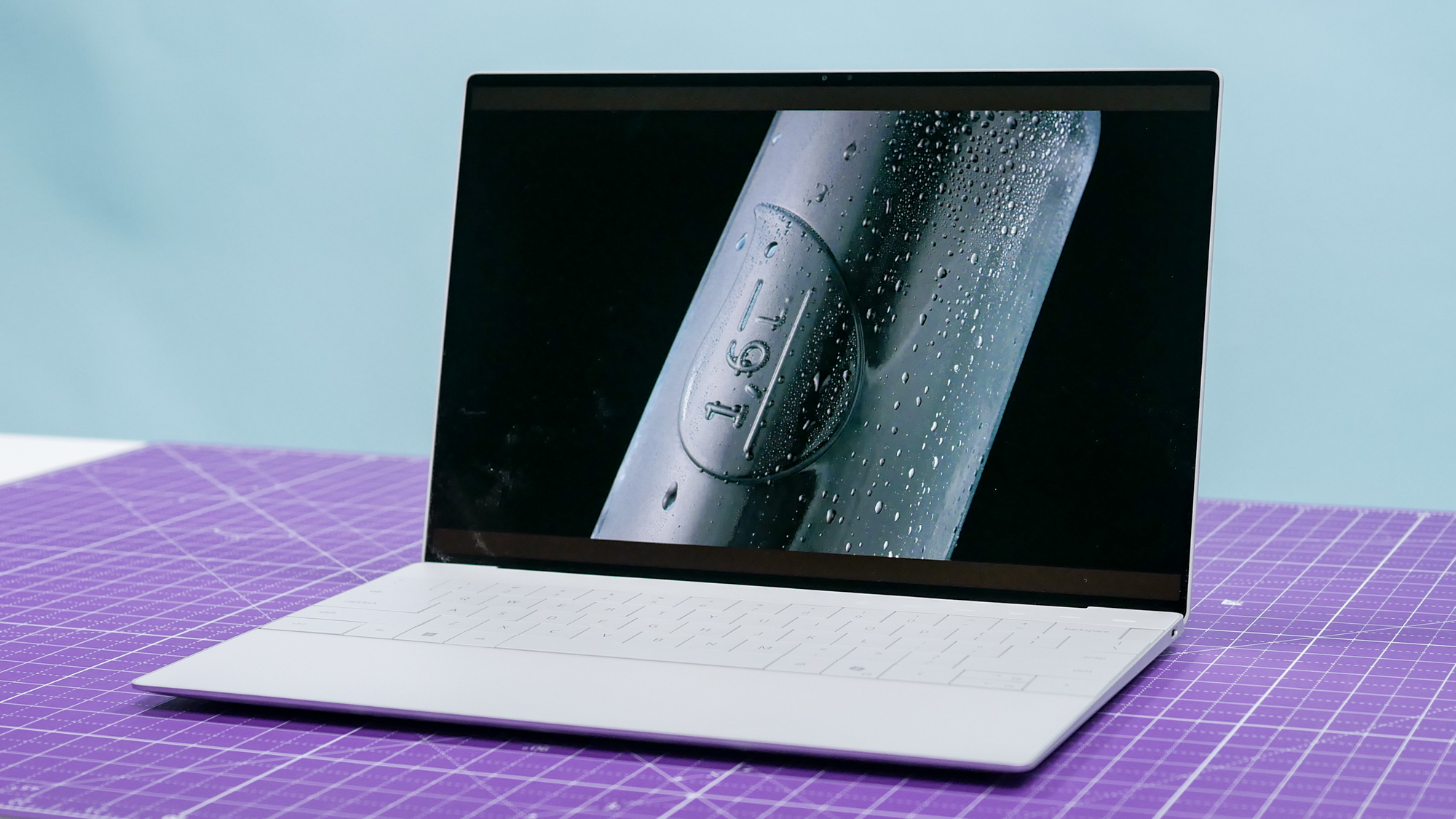
While Intel isn't leaning into promoting the first Lunar Lake laptop chips as great for gaming, I wanted to give you a general overview of how they fare in the gaming tests we've run so far.
We run every laptop we review through the graphical benchmark for Sid Meier's Civilization VI: Gathering Storm because it runs on everything from low-powered Windows ultraportables to Apple's beefiest MacBooks. For gaming laptops and some others we also run benchmarks for some more demanding PC games, and we ran what we could on our first Lunar Lake laptops.
| Laptop | Sid Meier's Civ VI | Borderlands 3 |
|---|---|---|
| (Snapdragon X Plus) Dell Inspiron 14 Plus | 20.7 | N/A |
| (Intel) Dell XPS 13 | 50.8 | 23.6 |
| (Intel) Asus ExpertBook P5 | 58.3 | 20.6 |
| (Intel) Asus Zenbook S14 | 48 | 23.6 |
| (Snapdragon X Elite) Dell XPS 13 | 22.5 | N/A |
| (AMD) Asus Zenbook S16 | 63.2 | 31.9 |
| (AMD) HP Omnibook Ultra 14 | 64.6 | 26.4 |
| (AMD) Asus ROG Zephyrus G16 | N/A | 87.8 |
| (M3) MacBook Air 13-inch | 41.3 | 17 |
| (M3) MacBook Air 15-inch | N/A | 17.3 |
| (M3) MacBook Pro 14-inch | 50 | 19.7 |
| (M3 Pro) MacBook Pro 14-inch | 53.6 | 28.6 |
| (M3 Max) MacBook Pro 16-inch | 56 | 57.4 |
Here again we see the first Lunar Lake laptops outperforming the Snapdragon X Windows laptops we've tested, which makes sense since most PC games are optimized for x86 systems and don't handle the different architecture of Qualcomm's laptop chips well.
There's a similar quandary with Apple's Arm-based MacBooks, but the company has had more time and put more work into providing support to game developers to ensure that many modern games run smoothly on modern MacBooks.
Battery life
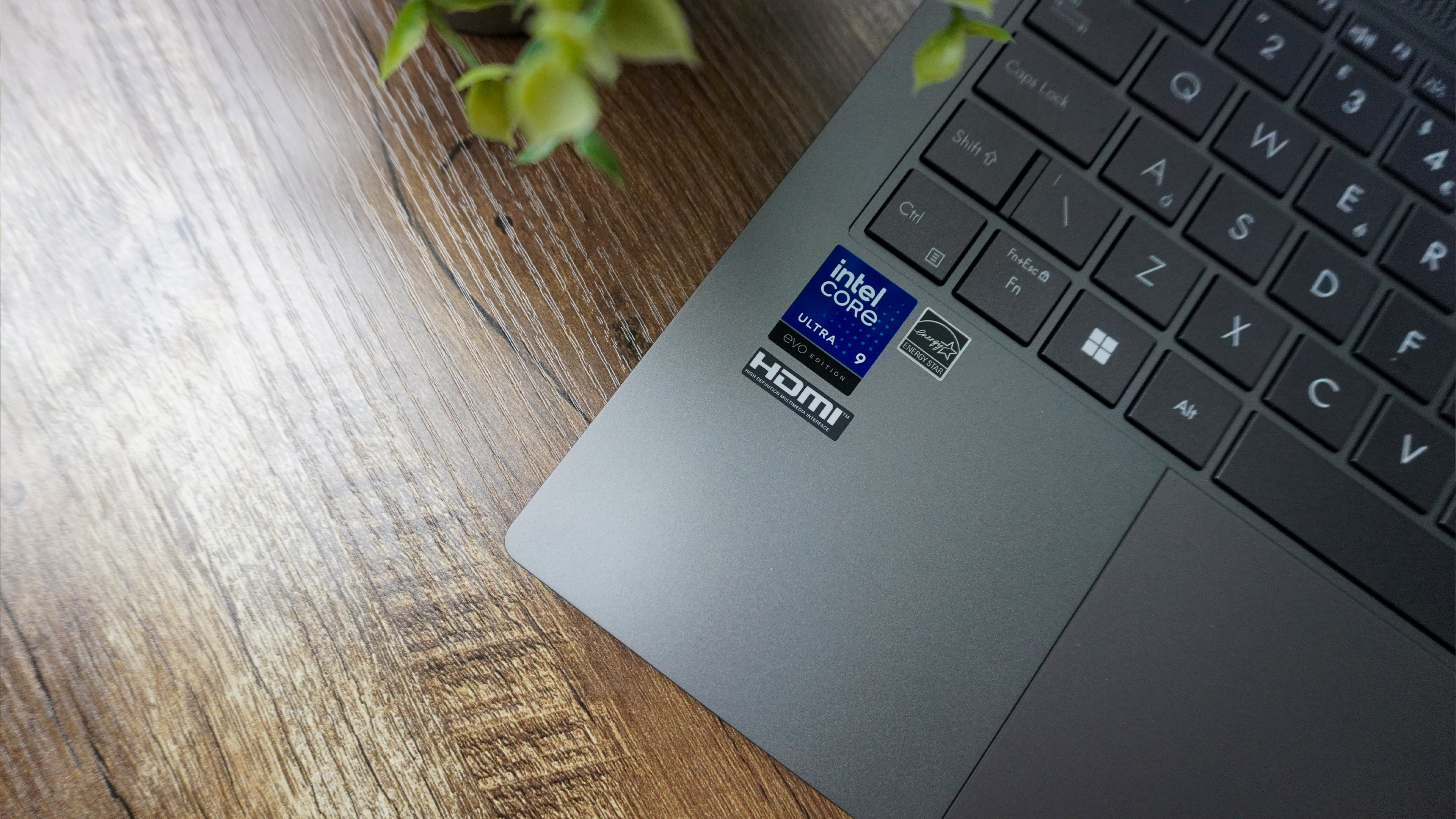
Finally, let's look at battery life and how well Lunar Lake laptops perform in our test.
In our lab, we task each laptop we review with endlessly surfing the web via Wi-Fi with its screen set to 150 nits of brightness. That's on the dim side, but it gives us a good benchmark against which to judge laptops from different vendors packing different components.
| Laptop | Rundown time (HH:MM) |
|---|---|
| (Snapdragon X Plus) Dell Inspiron 14 Plus | 18:19 |
| (Intel) Dell XPS 13 | 17:29 |
| (Intel) Asus ExpertBook P5 | 14:21 |
| (Intel) Asus Zenbook S14 | 13:08 |
| (Snapdragon X Elite) Dell XPS 13 | 19:26 |
| (AMD) Asus Zenbook S16 | 11:35 |
| (AMD) HP Omnibook Ultra 14 | 12:49 |
| (AMD) Asus ROG Zephyrus G16 | 9:14 |
| (M3) MacBook Air 13-inch | 15:13 |
| (M3) MacBook Air 15-inch | 15:03 |
| (M3) MacBook Pro 14-inch | 17:25 |
| (M3 Max) MacBook Pro 16-inch | 18:05 |
The results are clear: Lunar Lake is more energy-efficient than its Meteor Lake predecessors, but it still can't outlast the best laptops for battery life powered by Apple and Qualcomm silicon.
It's awfully close though, with the Lunar Lake laptops we've tested so far nipping at the heels of Apple's long-lasting 16-inch MacBook Pro. And as you can see, the AMD-powered laptops we've tested are now the least power-efficient of those being compared.
Of course, even those recent AMD-powered laptops we've tested with their comparatively meager 11-12 hours of tested battery life are still leagues better than most Windows laptops were just a few years ago.
Lunar Lake outlook
And that's something worth keeping in mind as we close out 2024: Even the least power-efficient of this new wave of Windows laptops are leagues better than the best you could get in 2021 or 2022.
So while it's clear that the first Lunar Lake ultraportables hitting the market aren't going to revolutionize the way you look at laptops, on balance they're shaping up to be great performers.
While our initial testing of laptops sporting the Intel Core Ultra 7 258V Lunar Lake chipset show it can't catch up to the best Apple and Qualcomm laptop chips in terms of raw CPU performance, it delivers outstanding performance in Geekbench AI tests run on the onboard NPU.
That's a good sign for the future of Copilot+ PCs, but we're still so early in the lifecycle that I'm hard-pressed to tell you exactly how much of a difference those high scores will make in day-to-day usage.
What's easier to say for sure is that Lunar Lake laptops are good for gaming (though components like GPU and RAM tend to make a bigger difference) and great for battery life, with runtimes that rival the longest-lived laptops on the market.
Their performance in the NPU-focused version of the Geekbench AI tests also outstrips the competition, though in this case it's harder to say that's a clear win because AI features often tap your CPU and GPU as well, and thus a direct 1:1 comparison of scores generated by the onboard NPU doesn't give you a complete picture of how well the laptop will handle AI tasks.
Personally, I'm eager to get more late 2024 laptops in with a wider variety of Lunar Lake chips onboard so we can really see what Intel's latest round of silicon can do. Stay tuned!
More from Tom's Guide
- Apple may announce M4 Macs in November — here’s why I’m unsure about that
- I'm (mostly) impressed by the new Copilot+ PC AI features
- I review laptops for a living , and I install these 7 apps on every Windows 11 PC

Alex Wawro is a lifelong tech and games enthusiast with more than a decade of experience covering both for outlets like Game Developer, Black Hat, and PC World magazine. A lifelong PC builder, he currently serves as a senior editor at Tom's Guide covering all things computing, from laptops and desktops to keyboards and mice.
